Replica
21,5 × 29 cm, 120p, ills colour and b&w, silkscreened hardcover
21,5 × 29 cm, 120p, ills colour and b&w, silkscreened hardcover
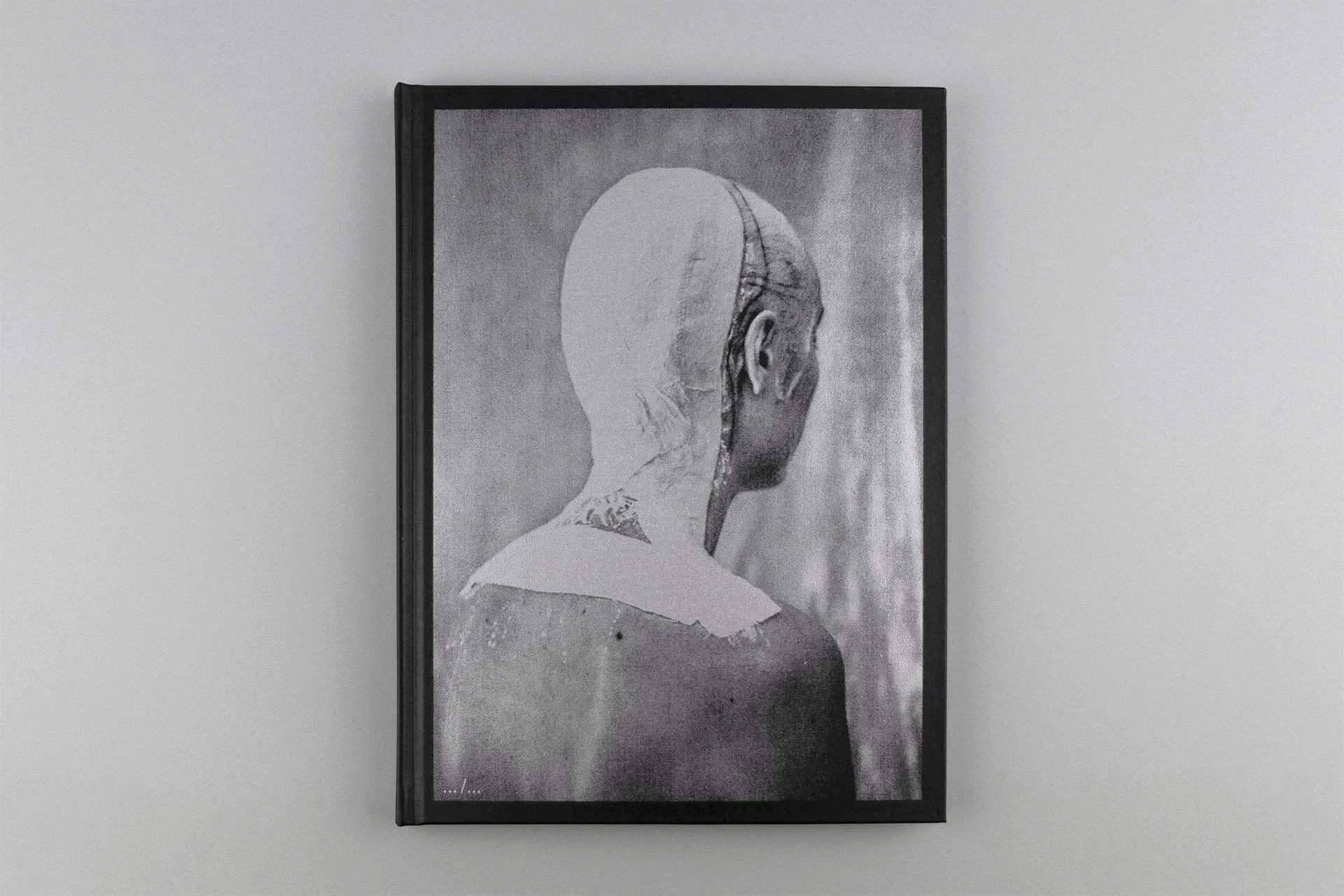
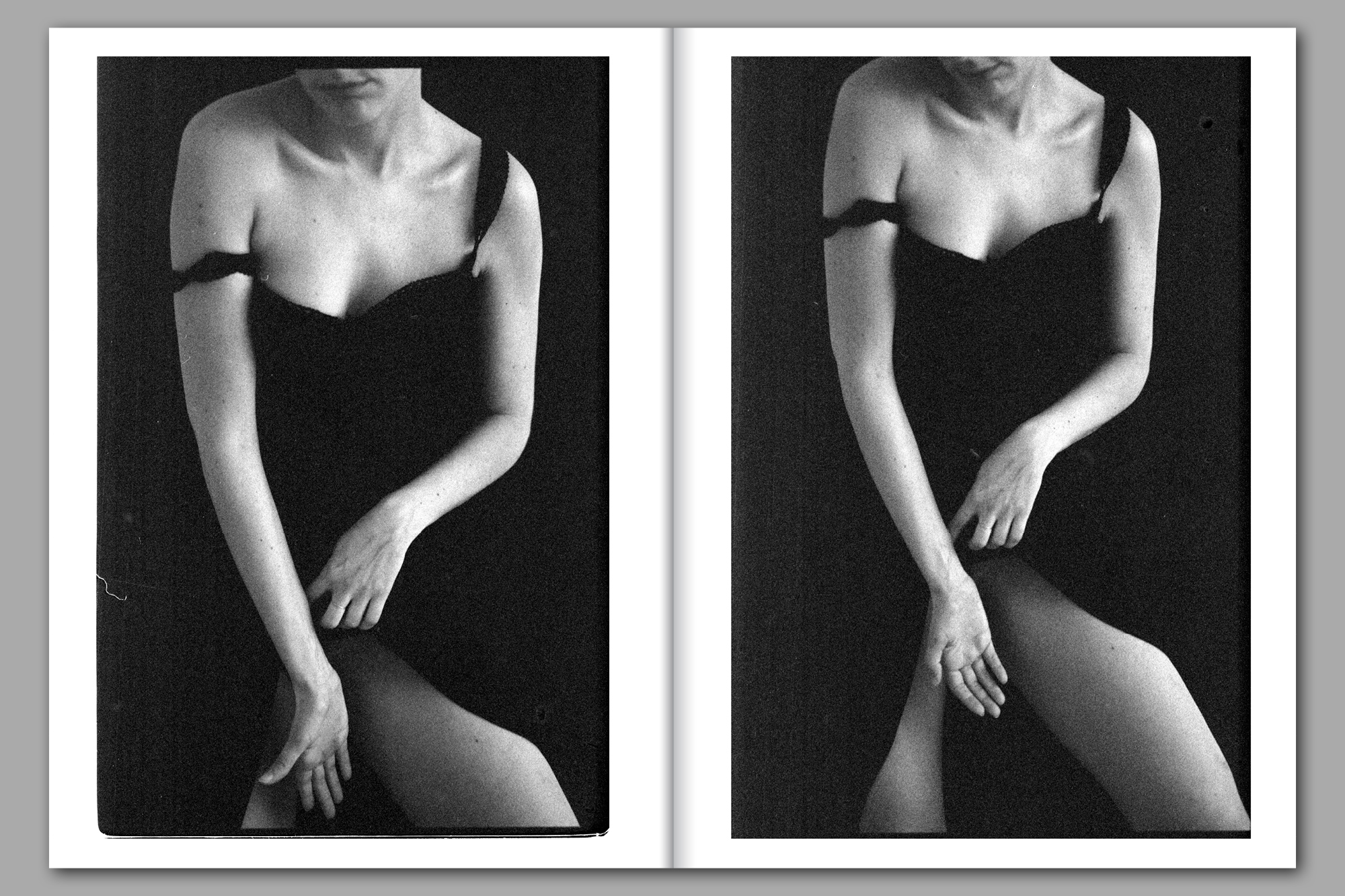

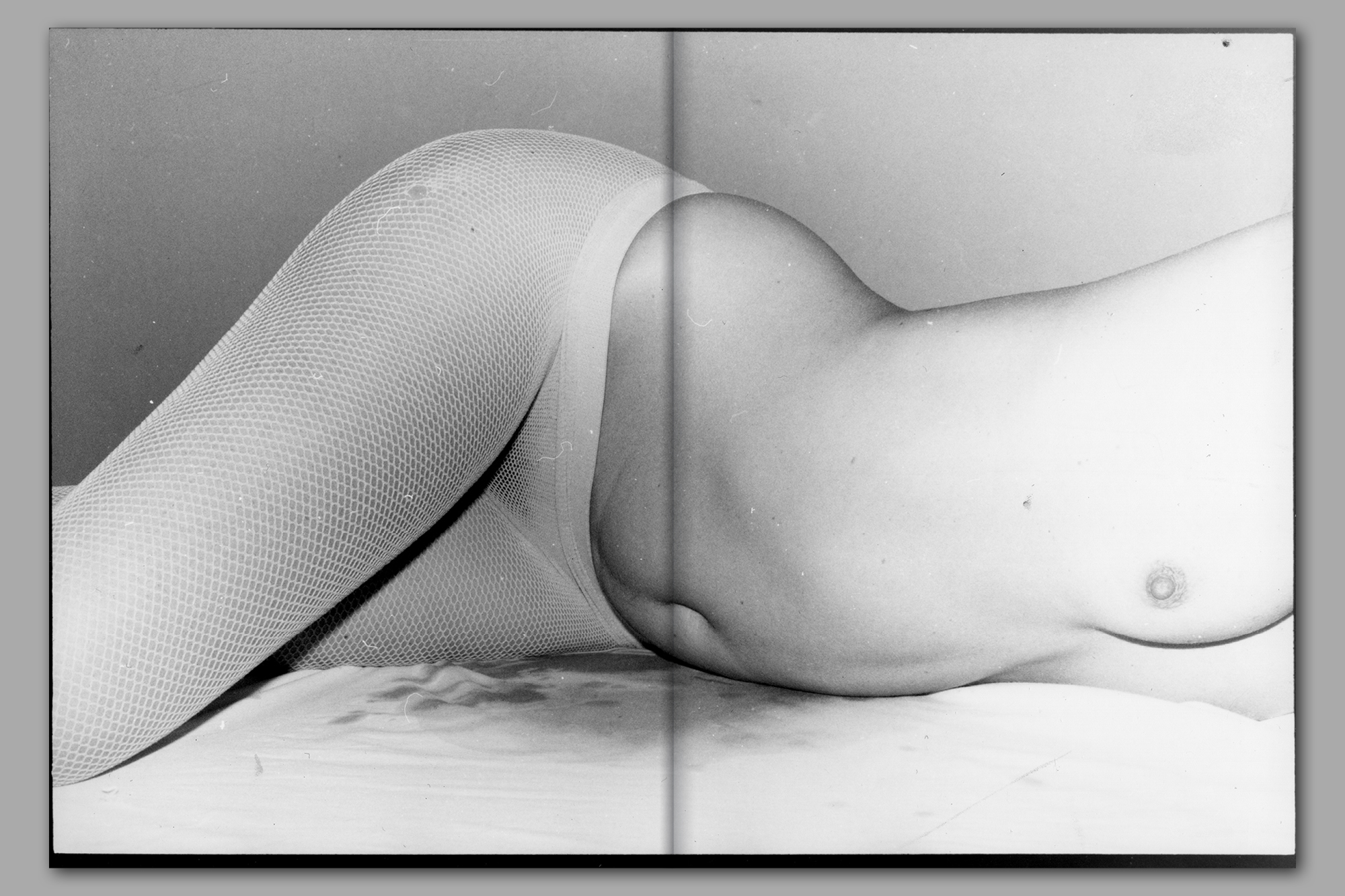


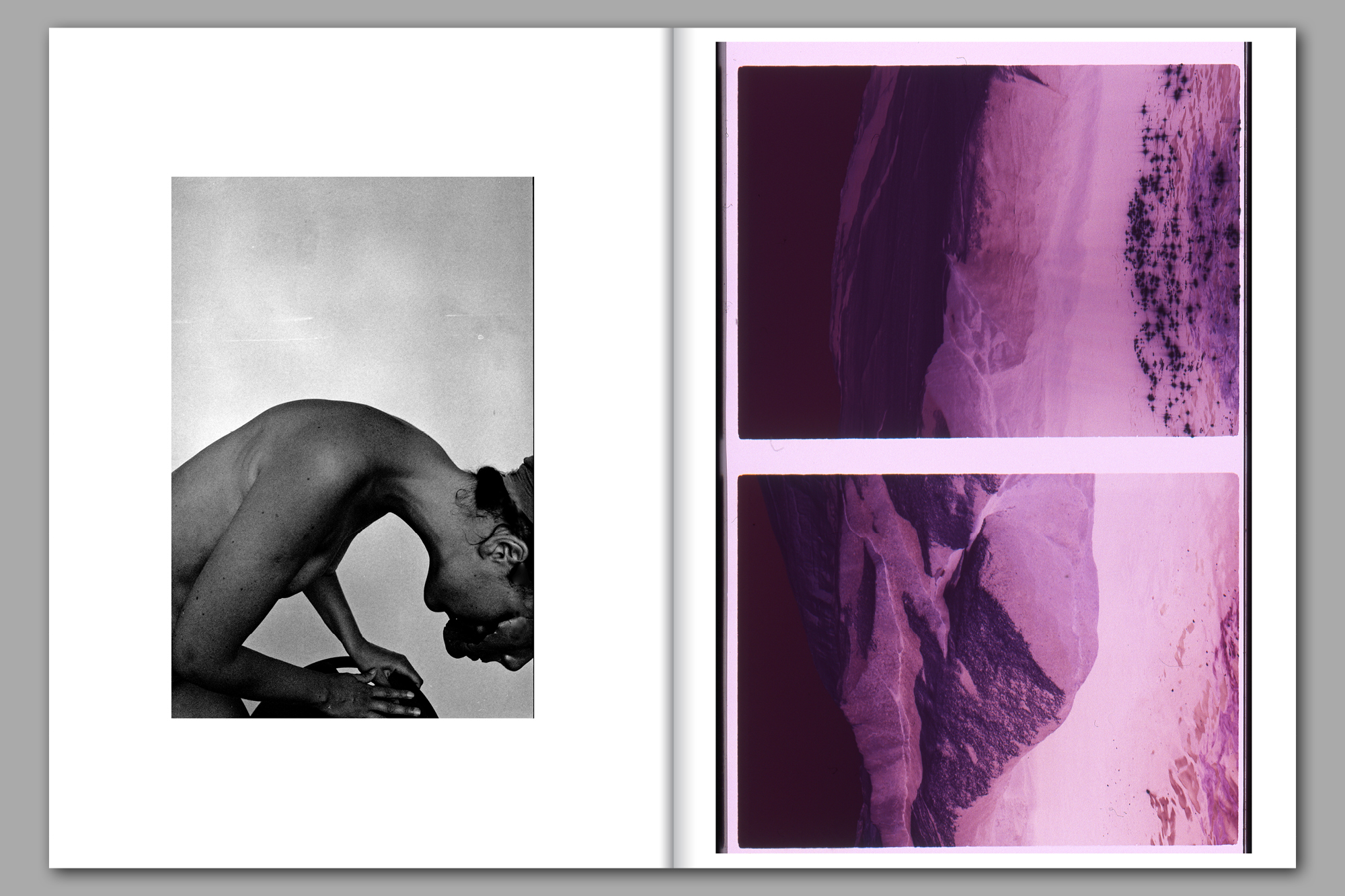

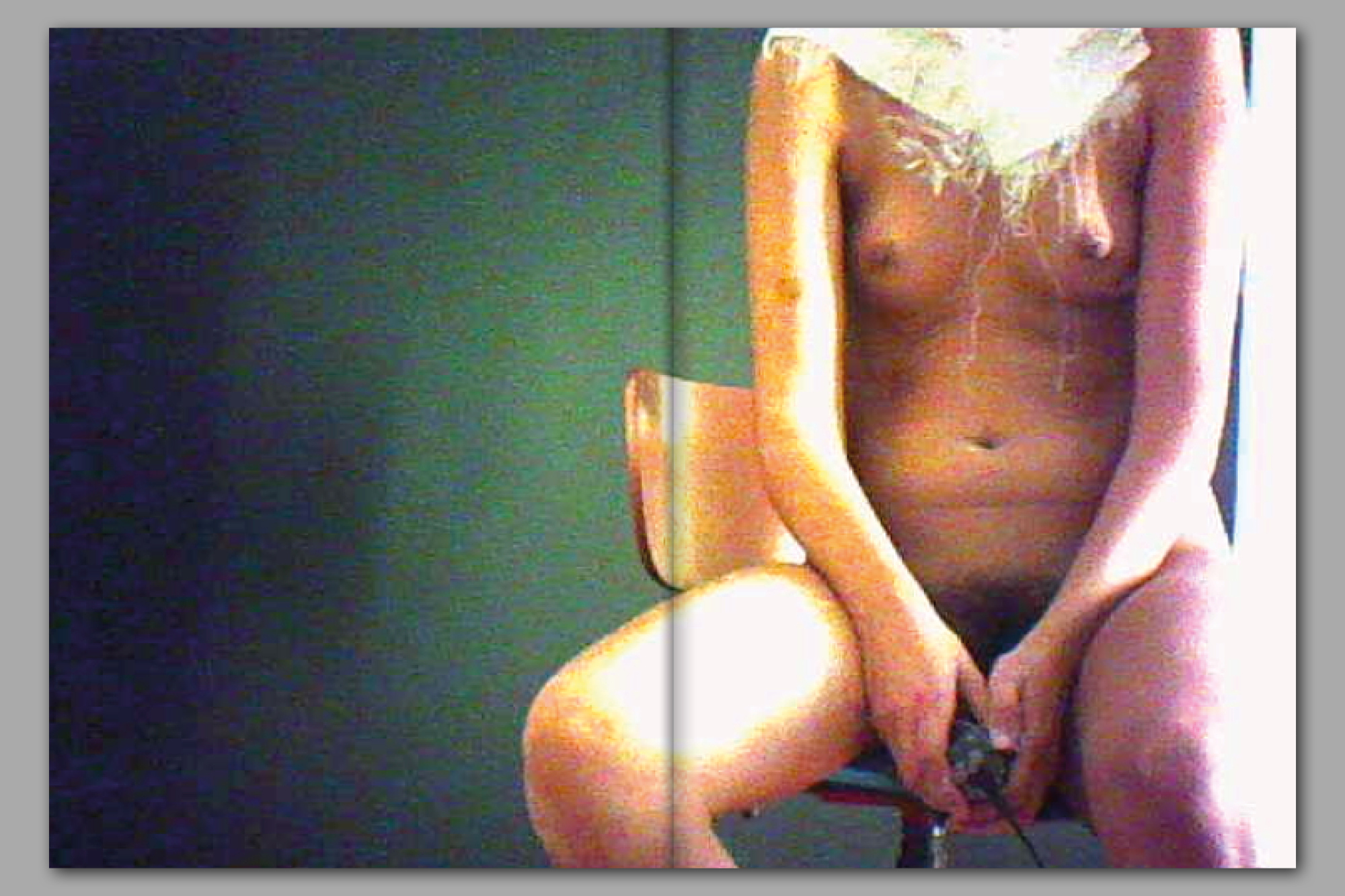

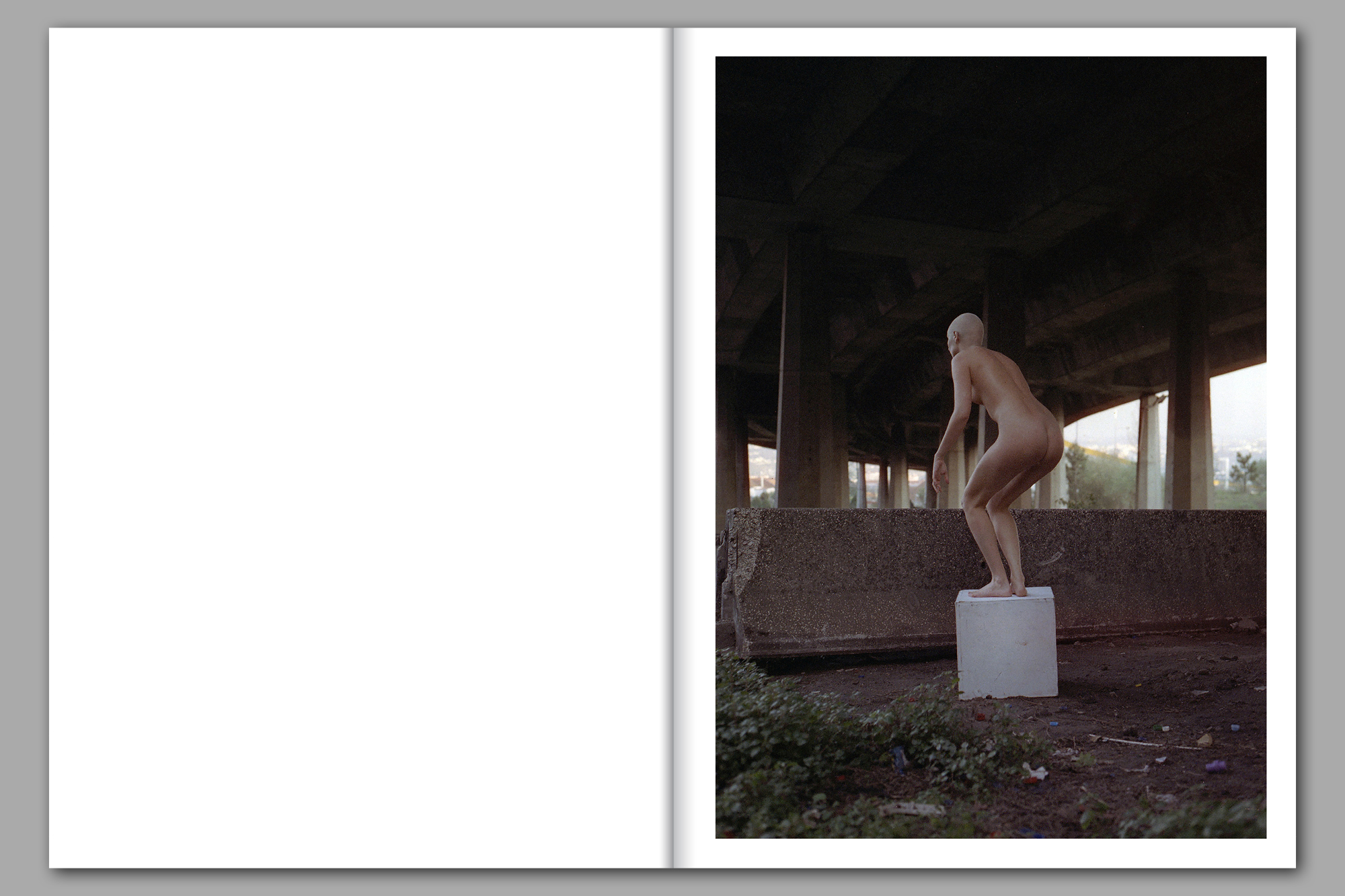
Edition of 750
November 2021
‘Replica’ suggest a new reading of the body and the model as a pure image, a pure tool, without referring to any representative identity, hereby ignoring today’s contemporary society of what the self should be.
Lino refers strongly to American mid-century photographer William Mortensen, who states that a body is simply considered to be “a machine that needs adjustments.” According to Mortensen the body must be the basis, “representation of personality and emotion […] are irrelevant and misleading”. There is a certain dehumanization in Mortensen’s approach to the model, a return of the body to an object without meaning, in front of the camera. Mortensen saw models as clay that form the image, a body was articulated only by the operator’s intention. He wanted to strip the figure from its emotion and personality, so that we, as an audience, could consider the body as a formed prop and stare at the image as the essence, and not the subject.
In Lino’s case she is the model, the operator / photographer, the subject and the image at the same time. She is in complete control. She found a way to remove herself from representation and reduced her own body to a pure object and image, almost like a machine. ‘Replica’ is a manifestation of the artist’s understanding of her role in front of and behind the camera.
‘Replica’ is a prescient of an approaching future in which identity will surrender to the carefree machine of image
November 2021
‘Replica’ suggest a new reading of the body and the model as a pure image, a pure tool, without referring to any representative identity, hereby ignoring today’s contemporary society of what the self should be.
Lino refers strongly to American mid-century photographer William Mortensen, who states that a body is simply considered to be “a machine that needs adjustments.” According to Mortensen the body must be the basis, “representation of personality and emotion […] are irrelevant and misleading”. There is a certain dehumanization in Mortensen’s approach to the model, a return of the body to an object without meaning, in front of the camera. Mortensen saw models as clay that form the image, a body was articulated only by the operator’s intention. He wanted to strip the figure from its emotion and personality, so that we, as an audience, could consider the body as a formed prop and stare at the image as the essence, and not the subject.
In Lino’s case she is the model, the operator / photographer, the subject and the image at the same time. She is in complete control. She found a way to remove herself from representation and reduced her own body to a pure object and image, almost like a machine. ‘Replica’ is a manifestation of the artist’s understanding of her role in front of and behind the camera.
‘Replica’ is a prescient of an approaching future in which identity will surrender to the carefree machine of image

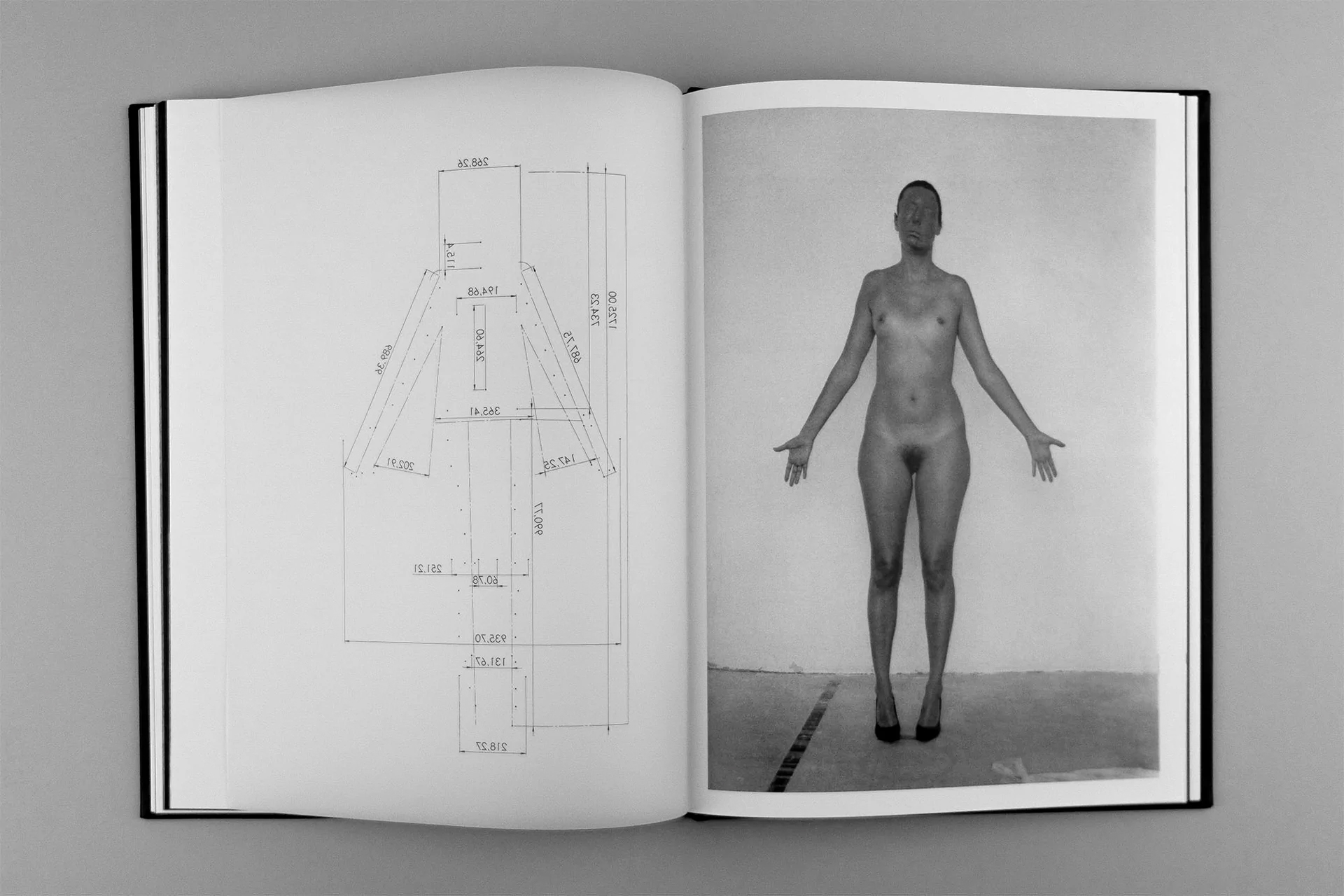
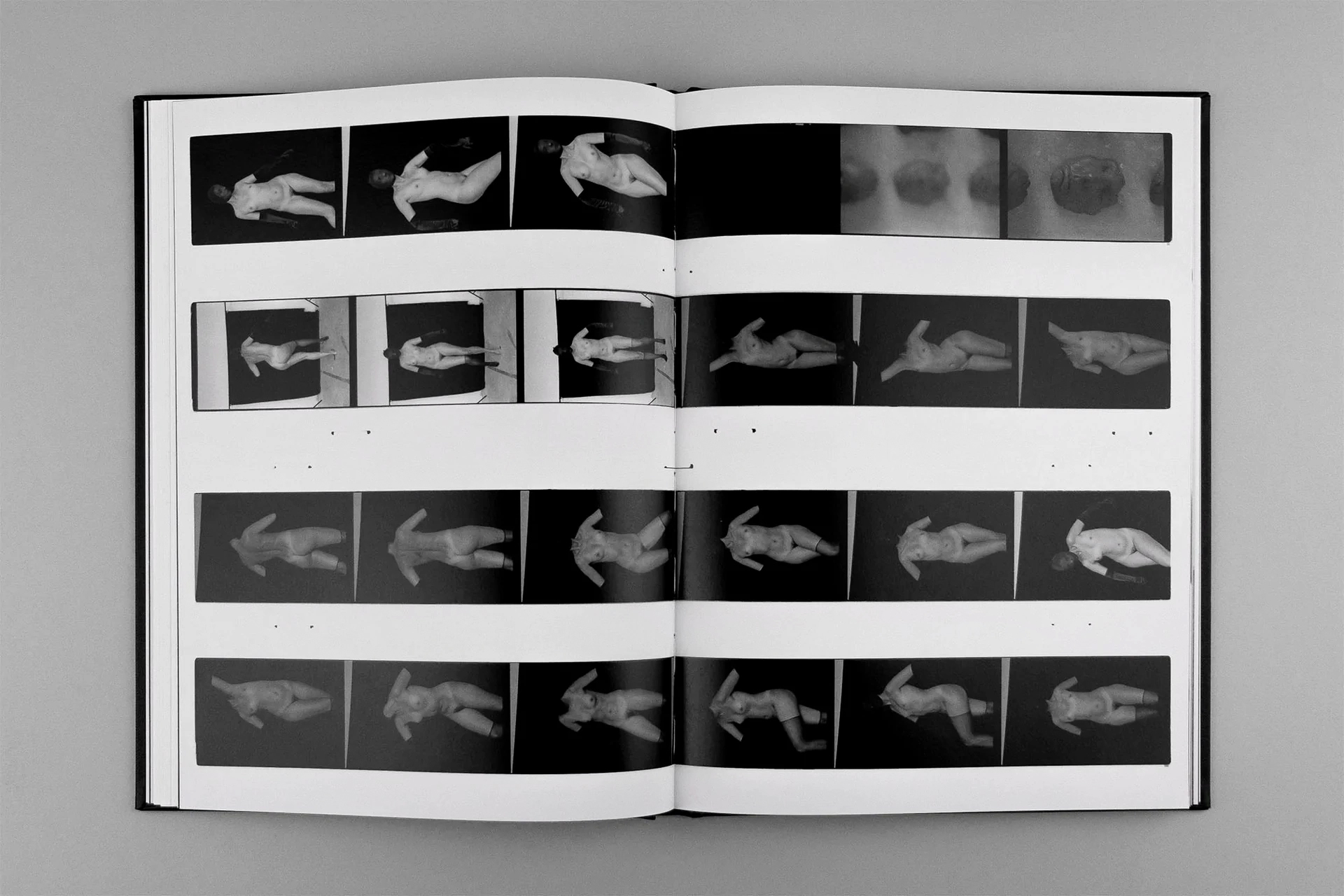
Entartete
14 x 21 cm, 180p, 72 colour plates, hot foil embossed quarter-bound hardcove, marker ribbon and colour page edges
14 x 21 cm, 180p, 72 colour plates, hot foil embossed quarter-bound hardcove, marker ribbon and colour page edges

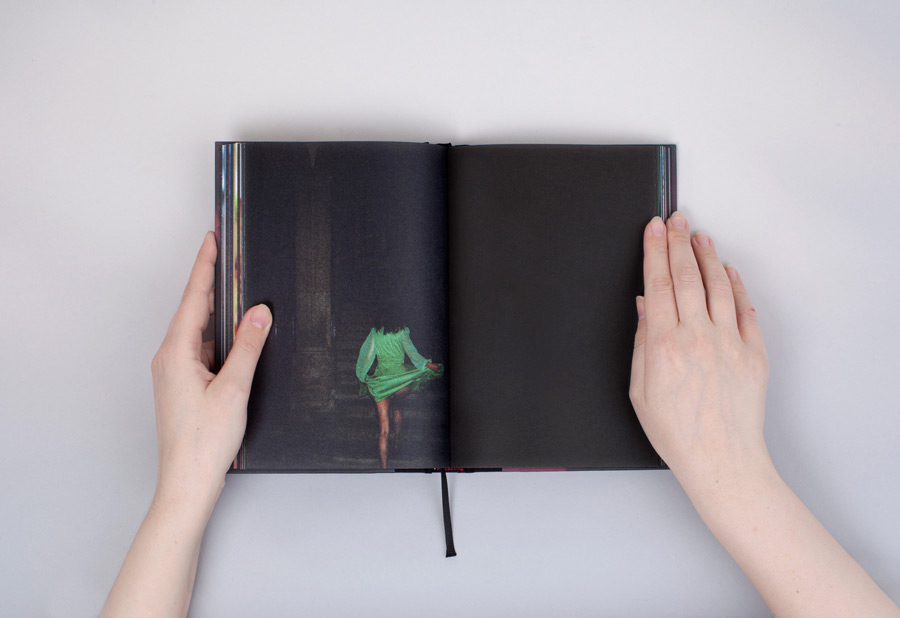


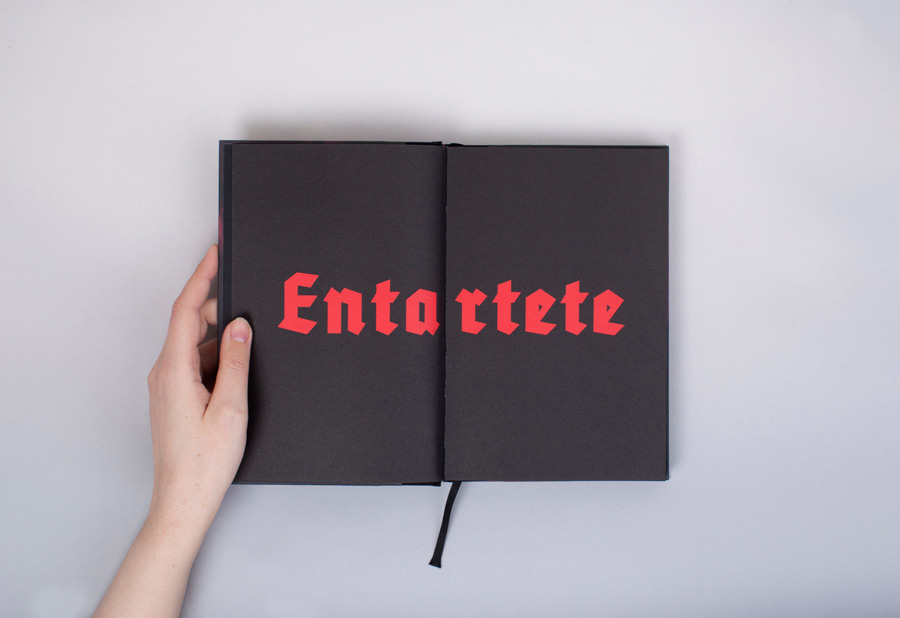







Entartete (German for Degenerate) follow the experiments of the photographer Rita Lino during the years in many difference self-stagings. Through a series of photographs and films she explores the possibilities of her body with an uninhibited sexuality and a playful, stylised shamelessness. Her portraits are not expressionistically raw, keeping distance from the artist psyche where the identity is always a cloak, rum and aspiring.
Rita create each picture in some level of isolation, working in small series of photographs or even single photos, so each photo can speak by it itself. This book creates a perfect assembly of isolates images that together create a new and unique serie. A natural obsession with the self, a continuous “work-in-progress” that uses the self-body as primer matter to be re-created many layers of identify.
At times, she looks directly at the camera, daring and defying the audience to return her gaze; other times, she turns and looks away, blindfolding or covering her eyes. More than mere snapshots, her work touches on voyeurism, loneliness, the manipulative power of the camera, and the urge to connect with others, through, within, and apart from technology and the media. This sense of solicitude is emphasised as the viewer opens the book, allowing the viewer to be more absorbed in each picture, appreciating it or or hate it.
Rita create each picture in some level of isolation, working in small series of photographs or even single photos, so each photo can speak by it itself. This book creates a perfect assembly of isolates images that together create a new and unique serie. A natural obsession with the self, a continuous “work-in-progress” that uses the self-body as primer matter to be re-created many layers of identify.
At times, she looks directly at the camera, daring and defying the audience to return her gaze; other times, she turns and looks away, blindfolding or covering her eyes. More than mere snapshots, her work touches on voyeurism, loneliness, the manipulative power of the camera, and the urge to connect with others, through, within, and apart from technology and the media. This sense of solicitude is emphasised as the viewer opens the book, allowing the viewer to be more absorbed in each picture, appreciating it or or hate it.
When is nudity not naked? Perhaps when the body appears as a mask, a mask that refuses to be taken off, but is slowly shapeshifting nonetheless, slowly dying. You can look, or trying to look, but there is something in the between, between the viewer and the mask of her appearance.
Playing with her body, banalising and putting it out of context is the space where she can imagine herself. Her relationship with the camera is one you could call passionate. When she capture herself, she absorb it and it gives her pleasure. She is her true lover. The camera knows her better than she know herself. It knows how to look at her and it shows her glimpses of what she could never see reflected on a mirror.
Her work is a result of more than 10 years process of taking self-portraits, pictures of psychological or emotional moments, studying and learning from them. She doesn’t want really to giving a nude at all, but instated a confession and admission of vulnerability, rather than an image of titillation.
It feels like a split personality, doesn’t it? They repeatedly conceal their messages: identity is always a mask — necessarily strange and ambiguous. Her work constructs a self that is mutable and elusive. Whether concealed or conspicuous, Rita asserts that no exposure fully reveals her.
PRESS
collectordaily.com
americansuburbx.com
americansuburbx.com
dazeddigital.com
dailymetal.eu
Playing with her body, banalising and putting it out of context is the space where she can imagine herself. Her relationship with the camera is one you could call passionate. When she capture herself, she absorb it and it gives her pleasure. She is her true lover. The camera knows her better than she know herself. It knows how to look at her and it shows her glimpses of what she could never see reflected on a mirror.
Her work is a result of more than 10 years process of taking self-portraits, pictures of psychological or emotional moments, studying and learning from them. She doesn’t want really to giving a nude at all, but instated a confession and admission of vulnerability, rather than an image of titillation.
It feels like a split personality, doesn’t it? They repeatedly conceal their messages: identity is always a mask — necessarily strange and ambiguous. Her work constructs a self that is mutable and elusive. Whether concealed or conspicuous, Rita asserts that no exposure fully reveals her.
PRESS
collectordaily.com
americansuburbx.com
americansuburbx.com
dazeddigital.com
dailymetal.eu
Collectors edition
Limited Edition of 15. Each set comprising of a signed and numbered first edition book (1-15/15) housed in an laser engraved Black Ash presentation box together with a choice of an original Polaroid signed by the artist.
Order here

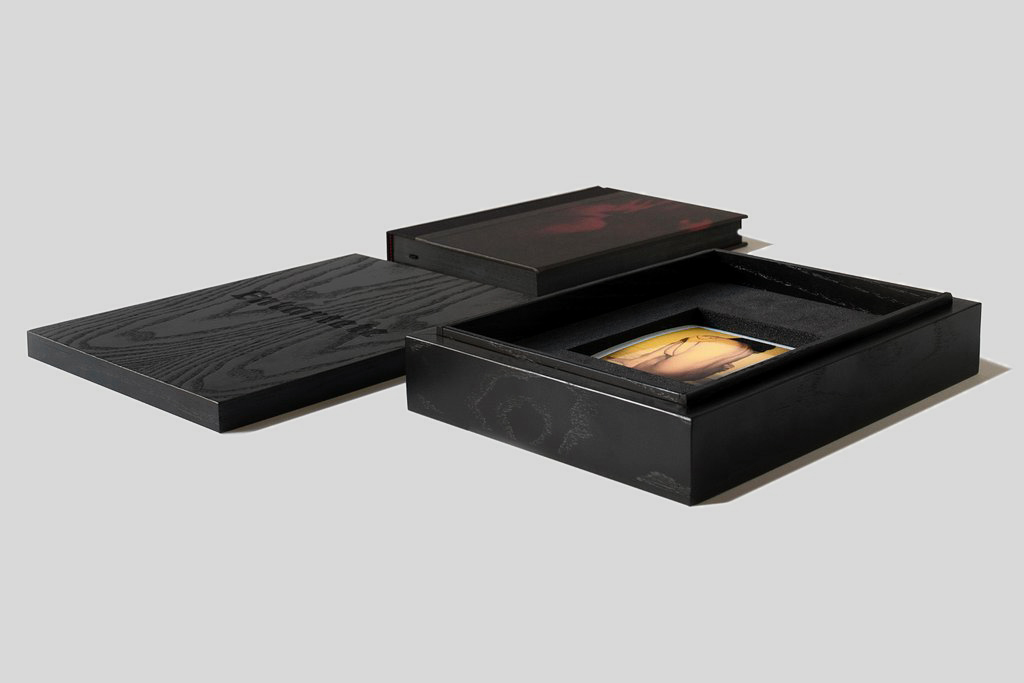
Kingdom
16,5 x 23 cm, 40p, edition of 500 numbered and signed by the artist
16,5 x 23 cm, 40p, edition of 500 numbered and signed by the artist
Published by Stolen Books and Inferno Books, 2018
Order here
Order here





“The mise en scene is set. An improvised, fragile and vulnerable palace was constructed, a place within a place. This precarious sanctuary represents the home, the familiar. A comfort zone that is the peace within to be protected and fought for to the bitter end.
This cathartic ritual is here photographed as evidence and was documented within a fragment of time one dark Berlin evening. The aim was not to win but to protect and purge a terrible affliction from the body and take a shaky step into a more confident future.” (Michael Grieve)
All The Lovers
24 x 34 cm, 48p, edition of 200, numbered
24 x 34 cm, 48p, edition of 200, numbered
Published by Sauna, 2012


“All the lovers” is the first author book by Rita Lino, an intimate and secret object, a diary, a personal archive that breaks through the mind of a woman, through the life of a loner. For the portuguese photographer there are no boundaries between life and fiction, between the dream and the reality, everything is true, everything is real.
Obsessed by sharing her own intimacy, the author observes herself, studies herself and let the other people do it to, a need, an addiction which is not yet explained, not yet understood. “All the lovers” reveals her collection of memories, her romances, an archive of broken hearts and phantom-past-histories.
Obsessed by sharing her own intimacy, the author observes herself, studies herself and let the other people do it to, a need, an addiction which is not yet explained, not yet understood. “All the lovers” reveals her collection of memories, her romances, an archive of broken hearts and phantom-past-histories.
The author revisits and recreates ghosts, materializes them through exhaustive night rituals and exorcisms that bring out memories, fossilized emotions suddenly brought back to life. Rita Lino wants to make sure that “all that drama, all those kisses and hugs”, will never Dissapear, that they will never be forgotten.
Released on a limited series of two hundred numbered copies, “All the lovers” counts with the special participation of the canadian filmmaker and writer Mike Hoolboom, that inspired by Rita Lino series, contributed with the fictional diary “Disappear”.
Released on a limited series of two hundred numbered copies, “All the lovers” counts with the special participation of the canadian filmmaker and writer Mike Hoolboom, that inspired by Rita Lino series, contributed with the fictional diary “Disappear”.
